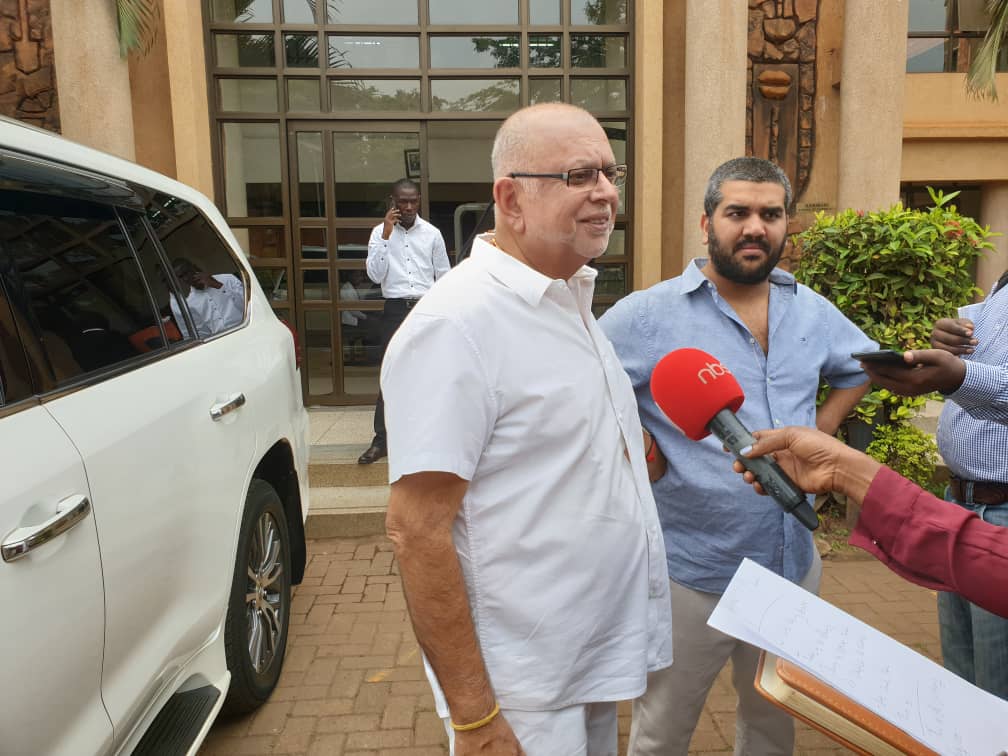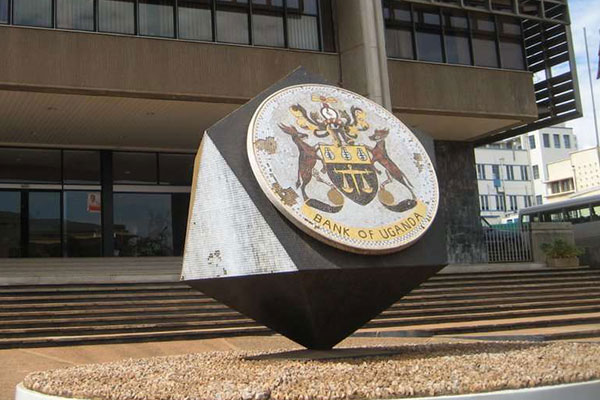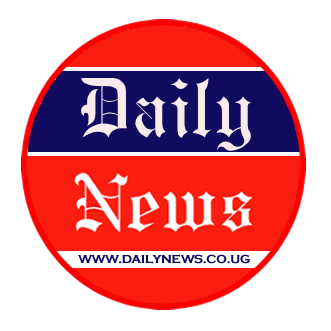POOR PERFOMANCE: DFCU Struggling As Profits Fall from UGX 24Bn to UGX 13Bn
DFCU bank will not pay dividends to its Shareholders after registering a drop in profits of Ugx 11Bn in 2021

By DailyNewsUG Correspondent,
To measure a Bank’s performance, financial ratios are the quantitative metrics in banking. Bank performance is the main driver of profitability generated from its operations meaning Profitability is the pillar and the purpose of any banking activity. With this in hindsight and going by DFCU Banks’ standards, things are not looking good.
The board of DFCU bank has since recommended that no dividends should be extended to the shareholders after registering a drop in profits of shs 11 billion last year. This is not in-line with DFCU’s investors’ expectations who invested the company’s good growth and powerful comparative advantages.
DFCU’s General Manager Mr. George Ochom said the Board saw it wise not to disburse any funds to the shareholders so that it can keep the financial institutions with liquidity and manage any possible crisis.

The bank’s profits fell from shs 24 billion to 13 as compared to previous years, revealed Mathias Katamba, the Chief Executive Officer.
“DFCU bank like some other players in the market experienced a drop in profitability by 45% in 2021. However, the bank posted most of its income from earnings on interest on loans, but almost experienced a wipeout of this income due to provisioning for bad loans that accrued in the wake of the Covid 19 crisis,” Katamba said.

The shareholders of DFCU bank are:
SHAREHOLDER NAME SHAREHOLDING
Arise B.V. 58.70%
Investment Fund Dev Ctries (IFU) 9.97%
NSSF 7.46%
Kimberlite Frontier Africa 7.35%
SSB Russell 1.93%
NSSF-Pinebridge 1.40%
Vanderbilt University 0.98%
SSB-Conrad N Hilton 0.97%
Jubilee Investments 0.76%
Bank of Uganda Staff – AIG 0.60%
Others 9.88%
The drop in profits has been attributed to the Covid-19 pandemic that crashed economies and businesses across the globe.
Unlike DFCU, some of its competitors have managed to register growth in profits.
At the beginning of the week Stanbic Uganda Holdings Limited (SUHL) announced it grew its net profits by 11% in 2021 to earn UGX269billion from Ush.242billion in 2020, driven by robust growth in non-interest income earned by mostly Stanbic Bank Uganda Limited, its anchor subsidiary.
A CRANE BANK HAUNTING: DFCU’S Troubled Background
The central bank closed Crane Bank in October 2016 claiming it was undercapitalised. The sale of Crane Bank to DFCU will go down in history as the most fraudulent transaction by BOU. From the very beginning the transaction was shoddy. The details of the sale of Crane Bank to DFCU Bank are contained in the Purchase of Assets and Assumption of Liabilities Agreement or P&A. When selling a failed bank, the buyer assumes all liabilities (deposits). This requires the seller (BOU) to give the buyer assets equivalent to the liabilities. The buyer looks at the list of assets and chooses those that are good to purchase. If the value of the good assets exceed the liabilities, the buyer pays to the seller the difference and vice versa.

In 2014 when BOU sold Global Trust Bank to DFCU, there was a list of the value of all assets (good and bad loans) and the value of liabilities (deposits) clearly stating who took what and who owed who money. In regard to the difference in the value of liabilities assumed and assets purchased, BOU paid Shs 2 billion to DFCU. This then became a claim by BOU on the assets of Global Trust Bank in liquidation. They had an appendix to the P&A dealing with assets in escrow, which were the bad book. This appendix mandated DFCU to collect on those assets on a commission basis.
In the case of sale of Crane Bank, the P&A did not mention the value of liabilities the buyer was assuming or the value of assets the buyer was buying. This must be the first and only sale agreement in history that does not mention the price of what is being sold. The only inference we can get from the agreement is that it assumed the assets equaled the liabilities. The P&A talks about excluded assets like insider loans, tax credits etc. (Crane Bank had a tax credit with URA worth more than Shs20 billion, which Sudhir can now claim). BOU mentions the bad book of Crane Bank was Shs556 billion but does not say it is part of the purchase.
The problem with the Crane Bank sale is that the P&A does not make any reference to any price of anything. Ideally, the P&A should give a listing of assets being taken over by the buyer and the liabilities the buyer has assumed. This is the only way to set the price and establish who owes the other. With Crane Bank, there was no list of assets liabilities and their valuation.

Then there was a separate agreement or an appendix to the P&A which said DFCU would reimburse BOU Shs200 billion out of the money (Shs478 billion liquidity support) Crane Bank owed BOU. Yet in the BOU suit against Sudhir in 2017, BOU asked the businessman to pay for the entire Shs478 billion liquidity support. So they wanted to have it both ways: get DFCU to pay them the same money they wanted Sudhir to pay.
Meanwhile, BOU asked DFCU to pay the Shs200 billion over in ten quarters or 30 months (two and a half years) but did not charge any interest. Why? Later there was an audit of BOU by Ernest & Young which said by 2019, BOU had forgone interest of Shs29 billion. In the 30 months, BOU lost Shs40 billion in interest.
Meanwhile, the majority shareholder in DFCU brought in $50 million (equivalent to Shs200 billion at the time) and bought treasury bonds on which BOU was paying interest of 15%. Being the majority shareholder in DFCU, they presented these bonds to BOU as collateral for the Shs200 billion interest free loan to buy Crane Bank. Essentially, BOU was owed Shs 200billion without interest, but the collateral for it earned interest of Shs40 billion.






